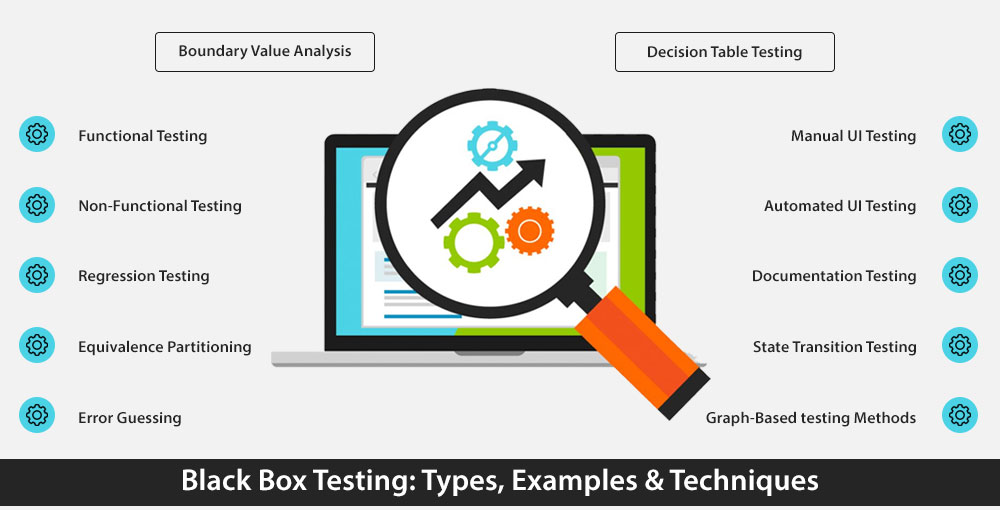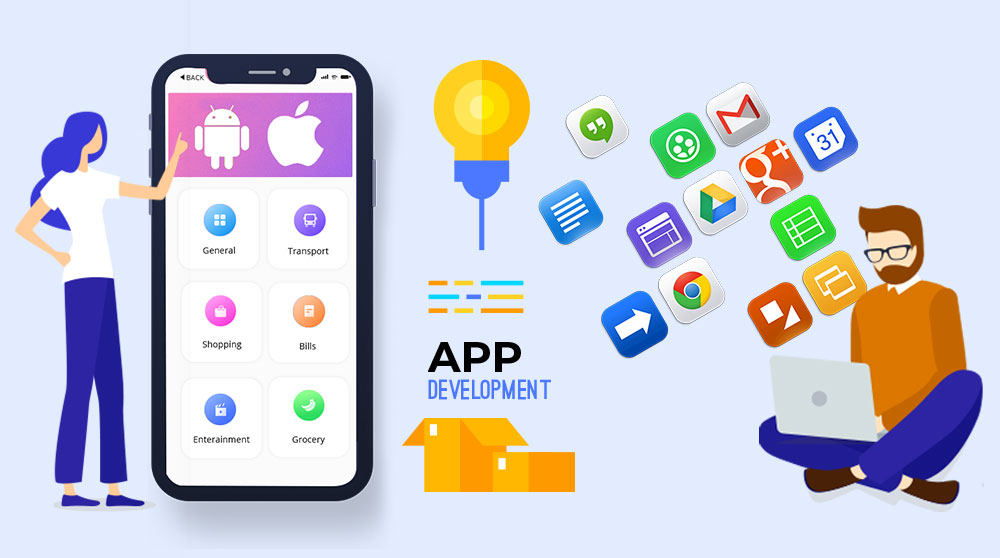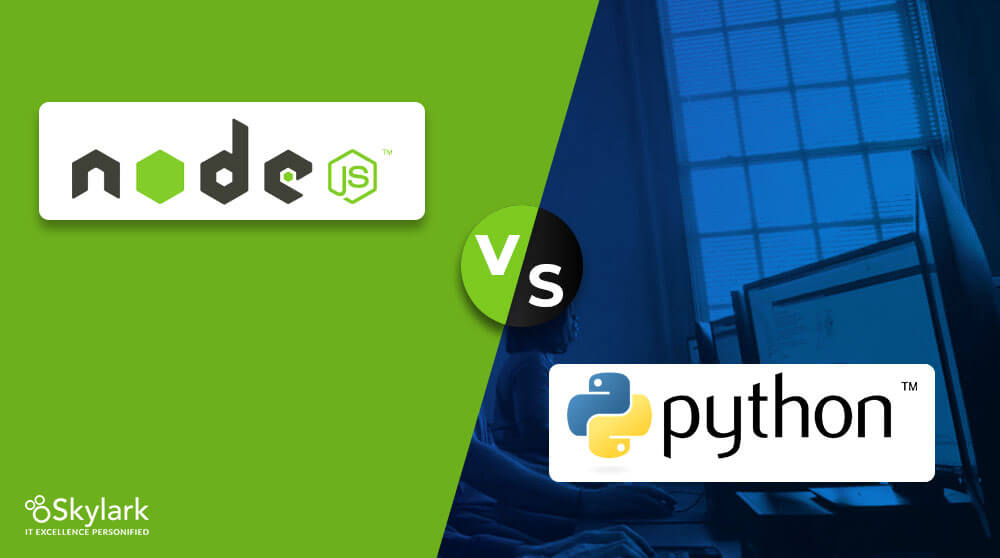
Software testing is a methodology to examine the operational capacity of software, and it is primarily subdivided into two modes: White Box testing and Black Box testing. The article below finds out about Black Box testing.
Here you will also learn about the appropriate black box testing techniques and the differences between software testing White Box and Black Box testing.
What is Black Box Testing Method: Definition?
A simplified Black Box testing definition is a process of inspecting the software functionality from the point of view of an ordinary user. The fundamental purpose is to detect the weak points in the software by keeping the focus on obtaining smooth workability. The Black Box penetration testing is a commonly applicable process apart from other methods to analyze the input/output values.
Black Box testing is also called behavioral testing since it involves testing of functioning or behavior of the application during its usage. At the same time, it does not include testing internal codes or app designs. Hence, the tester need not possess the technical knowledge. His role as the Black Box test engineer is to investigate the software’s composite output and expose the vulnerabilities that may pose a potential risk from the attackers.
The parameters that form the basis of the Black Box testing scenario are as given below. These are generally adopted Black Box testing techniques ISTQBfoundations and other such institutes have meticulously illustrated.
- User’s interaction with the tool
- Input values into the system
- System’s reaction time
- Overall software performance
- End-user troubles in software management & implementation
- Troubles with the data structure over the console
- Launching & turning off errors
- Unusual halts & faults
When to Use Black Box Testing?
As the name suggests, the Black Box testing examines the outer layer or the tool’s functions. The main objective is to verify the flawless operation of the system. A brief description of the uses of Black Box testing is discussed below.
- The composite performance of the tool is examined in Black Box testing.
- Various test cases are designed to check the output over the specific category of input values.
- The frontal user interface or the console is inspected for any possible glitches.
- The ease of end-user interaction with the tool is verified.
- The feasibility of the software and the functional gaps are tested.
- The system behavior is also checked if the software causes any failure or faults.
- It also checks the aftereffects of the new version upgrades into the existing software.
Types of Black Box Testing
Theoretically, there are three main categories of Black Box testing as shown below:
- Functional Testing:It checks the working capacity of the software while verifying the operational needs. Functional testing aims to check the system requirements & functions by practically entering input values and analyzing the output values. It helps detect the usage errors and performance level of the tool with specific system conditions.
- Non-Functional Testing:It only includes the testing of non-functional aspects that affect the working of the software. The purpose of non-functional testing is to check the external parameters such as system feasibility, performance, credibility,etc., to improvise the quality of the tool. It helps increase the efficiency of the mechanism by testing its maintenance, maneuverability, and optimization.
- Regression Testing: It is mainly applied to find out recently originated glitches in the pre-existing software. The purpose of regression testing is to evaluate the tool and its performance after particular feature addition or upgrades if they might have caused disturbances in its working condition.
Examples of Black Box Testing
The Black Box testing is a non-technical form of testing where the tester may not necessarily know computer programming. Hence, every person as a commodity user is performing Black Box testing. A typical Black Box testing example is online form filing over a software interface, where the tester may point out glitches in its operation.
Let us discuss a few more real-time examples for Black Box testing.
Example 1:
Computer or mobile games are typical software architecture designed to generate continuous output with user interaction. So after the game app is developed and published, the Black Box game tester performs his duty by thoroughly analyzing the features and steps involved from game download & installation to launching.
The Black Box test in evaluating a game also involves the procedure to initiate the play and how it continues in specific stages with multiple movements. The rules allocated to play the game are verified along with the gamepads or joystick consolidation to the application.
Example 2:
Another relevant black Box testing example is the functional testing of an android mobile messaging application. The procedure typically includes investigating the user interface to determine if the app is behaving appropriately in multiple circumstances.
The Black Box testing in the Android mobile messaging app is performed over multiple criteria, such as how people are searched and added to the friendship list. Creating a friend’s group and allowing group conversation, uploading photographs as profile pictures, and permission to share files with specific formats are some of the test cases of Black Box testing.
Different Approaches of Black Box Testing?
The three most popular approaches to Black Box testing are categorized according to the methodologies applied.
- Manual UI Testing: While applying the Manual UI testing method, the tester is expected to examine every panel of the tool manually. He is supposed to insert input values for the required test cases to detect the potential faults. The Manual UI tester performs the Black Box testing from the user’s perspective to figure out input data errors and possible reasons.
- Automated UI Testing: In Automated UI testing, predesigned tools are applied to check the software operations. While Manual UI testing becomes a hectic job due to multiple input fields and pages, the Automated UI testing method can quicken the testing process. Here the test scripts are crafted to verify the software performance in specific scenarios repeatedly. At the same time, the test scripts are allowed to get saved for re-use with applicable modification.
- Documentation Testing:Documentation testing is a non-functional form of Black Box testing which involves a completely manual approach. The other two approaches ofBlack Box testingserve to improvise the flawless performance of the tool. In contrast, the documentation testing approaches towards matching the output with its actual development intent.
What are the Types of Black Box Testing Techniques?
The Black Box testing process requires operational testing in a specific sequence. It is made possible by structurally designing the test cases. After analyzing the generated system requirements, the test cases are created by applying the well-classified Black Box testing techniques discussed below.
- Equivalence Partitioning: This technique resolves the problem of multiple test scenarios. The testers sort out the input data into three sections which help in reducing the number of test cases. So one value from each division will resemble the possible outcome of the other inputs from the group.
Example: A machine that only accepts data between 10 & 20, where value equal to or below 9 and equal to or above 21 will be rejected.
- Boundary Value Analysis: This technique essentially focuses on the edge value to determine the errors, which is usually observed across the extreme limits instead of the whole range of data.
Example: A machine that accepts data between 10 & 20, where input values of 9,10,11 & 19,20,21 are observed to produce valid results.
- Decision Table Testing: This technique specifically tests the tool over predesigned conditions built via a logical relationship. It mainly creates a tabloid data structure to examine the output value. Here the output value comes out as valid if it fulfills all the conditions.
Example: Verifying the condition where if the color of the fruit is red and the shape is round, then it is an apple, else it is a banana. So here, the decision table is designed to check if the shape and color are true or false to get the correct inference.
- State Transition Testing: This technique involves data analysis during different system phases. It implies testing input data under possible variations and objectively recognizing the output scenario by recording the system behavior after each transition and its overall performance.
Example: Observing the aftereffects after filling an online form with incorrect entries and analyzing them in mandatory columns or predefined entry formats.
- Error Guessing: This technique entirely depends on the tester’s experience, where he has to employ his abilities and past observations to find out the flaws. The purpose is to fetch out the possible areas that may be unrecognized but can produce glitches under specific or input values. There are no predefined rules to identify the system failures in this technique.
Example: Attaching an oversized or an unrelated file type over the system.
- Graph-Based testing Methods: This technique establishes data relationship representation and creates a graphical overview to analyze the resultant. The methodology is similar to the decision table testing, but here the tester gets a pictorial reflection of the data that improvises output analysis.
How to do Black Box Software Testing?
As explained above, the Black Box testing techniques only cover the functionality and outcome of the software instead of internal technical failures. Below are the preset testing procedures to assist the testers in finding the errors from the point of view of a user’s interaction with the tool. The Black Box penetration testing methodology is slightly different in its approach, but the primary motive is to detect external glitches of the software.
Step 1. To begin with the testing process, the first thing to do is to analyze the software requirements specifications with proper documentation.
Step 2. Now the test cases with input values are verified for their accuracy in inspecting software performance and fetching the error messages.
Step 3. Enter the input value and thoroughly check the generated output values, which should match the expected results.
Step 4. If any error is found in the results, it should be captured and collectively sent to the developers with the exact location.
Step 5. Re-evaluate the complete system after every upgrade by following all the necessary steps.
The entire procedure of Black Box testing is designed in a manner to review and authenticate the Software Development Life Cycle.
What are the Benefits?
The Black Box testing is a reasonable procedure to evaluate and validate the software performance and feasibility. Here are the most appropriate benefits of Black Box testing.
- No Coding Required: The Black Box test engineer does not need to acquire any technical knowledge in becoming a tester.
- Independent Approach: Since programming knowledge is not needed, the developers have zero interference in the testing duration, and testers can work independently without any internal pressure.
- End-User Perspective: The Black Box testing analyzes the software performance, and the goal is to enhance user experience while using the software.
- Efficiency With Test Cases: The test cases are designed before performing the tests, and these test cases can be stored as scripts for re-use.
Difference Between Black Box vs. White Box Testing
Both Black Box and White Box testing are entirely different processes but have a common motive of detecting software errors. Below is a tabloid view showing differences of White Box vs. Black Box testing.
| Black Box Testing vs. White Box Testing | ||
| S.No. | Black Box Testing | White Box Testing |
| 1. | No technical knowledge is required. | Technical knowledge is necessary. |
| 2. | Performed at user-end by testers. | Performed at developer-end by programmers. |
| 3. | Tests the behavior of the software. | Tests the logic of the codes. |
| 4. | Tests the software functions. | Tests the software structure. |
| 5. | Takes less time. | Takes more time. |
| 6. | Also called closed box testing. | Also called clear box testing. |




